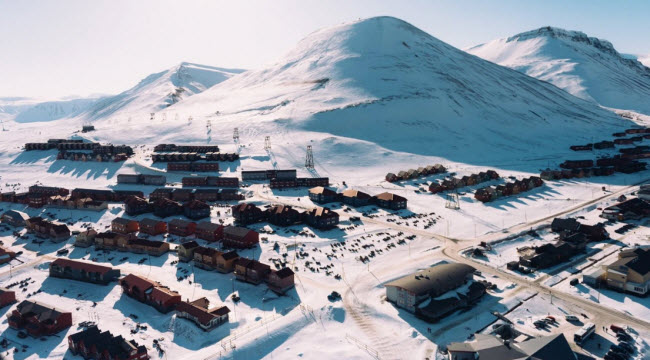When visiting a foreign country or town, you may encounter laws and regulations that differ significantly from those in your home country. These differences can be due to factors related to the location, environment, or the customs and traditions of the local inhabitants. Sometimes, these laws can be extreme or seemingly illogical. Such is the case with the small town of Longyearbyen, located in the Svalbard archipelago in Norway’s far north, where death has been prohibited since the 1950s. In this unique setting, death is not permitted on its grounds, and if it is suspected that a resident is about to die, they must be transported immediately to the mainland.
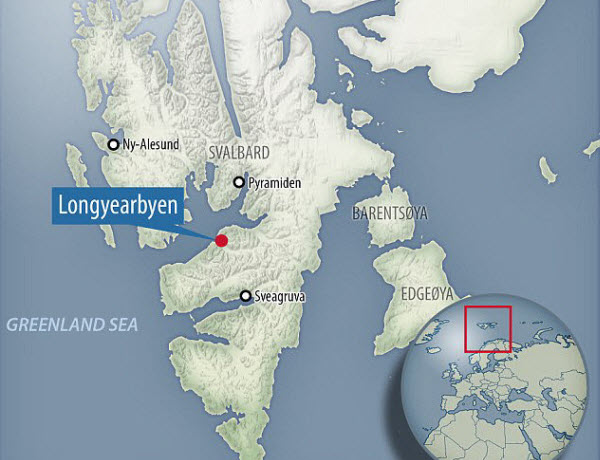
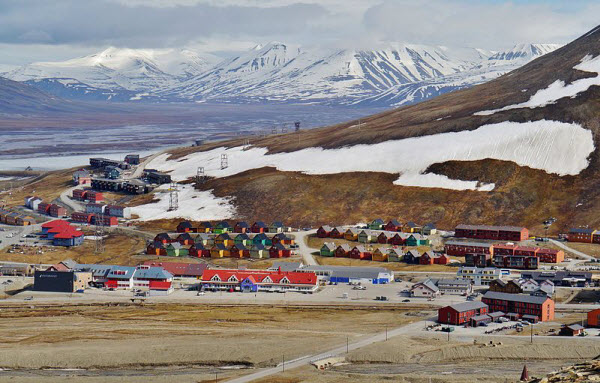
The concept of banning death in certain places is not entirely new. As early as the 5th century BC, it was declared that dying on the island of Delos in Greece was forbidden because it was considered a sacred site. Even today, there are a few cities worldwide that ban death, such as the town of Itsukushima in Japan, though these bans are often rooted in spiritual reasons. In contrast, Longyearbyen’s prohibition of death is based on practical reasons related to its climate. Located above the Arctic Circle, the town experiences extremely low temperatures, often dropping to -15°C and sometimes even to -32°C. These frigid conditions mean that the ground and anything buried in it remains perpetually frozen, preventing natural decomposition of bodies even when temperatures rise during the summer.

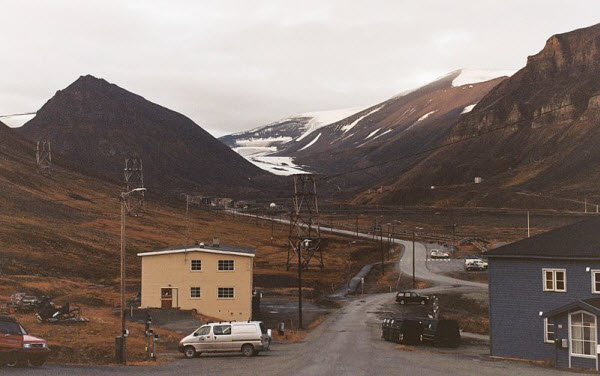
The inability to decompose naturally creates significant challenges for managing space and storing deceased individuals. Moreover, if a body remains perfectly preserved, any viruses or diseases it carries could stay active and potentially spread among the living population, posing a safety risk. This concern became particularly apparent in 1950 when local residents discovered that the permafrost prevented proper decomposition. Fearing the potential spread of disease, they decommissioned the town’s cemetery and prohibited death in Longyearbyen. This decision was validated in the 1990s when scientists examined bodies exhumed from the permafrost and found that a victim of the 1918 Spanish flu pandemic still carried the same deadly virus in an active state. This scenario highlighted the risk that, if the permafrost were to thaw—perhaps due to global warming—the virus could infect the entire town. Given that this virus had previously wiped out around 5% of the global population in 1918, the idea of banning death in Longyearbyen seems entirely rational.
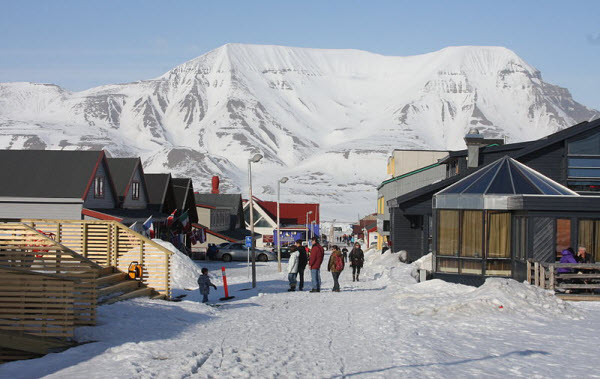
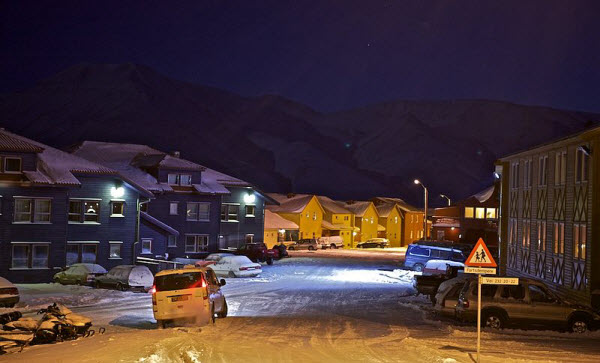
Many wonder what happens if someone does die in Longyearbyen and cannot be transported elsewhere. In such cases, the deceased is cremated, and the ashes are buried in a cremation urn. However, this process is somewhat complicated as it requires a permit from the authorities.
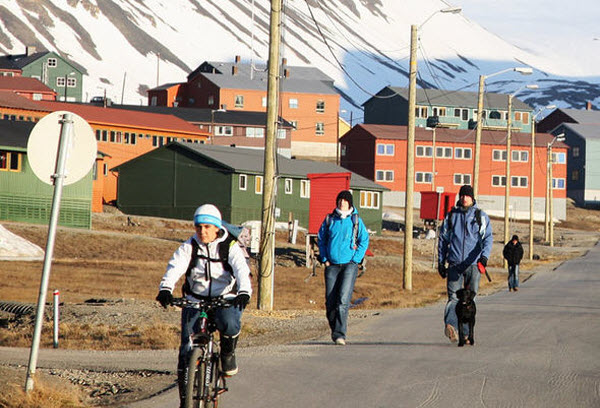
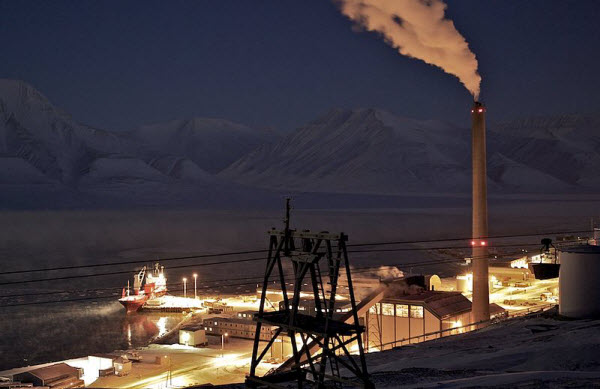
Life in Longyearbyen is challenging in general, with a population of about 2,300 residents, most of whom work in mining and coal extraction. The town experiences a complete absence of sunlight for four months during the winter, and polar bears can be a threat if one strays too far from the settlement. Consequently, anyone venturing outside the town must be armed. Additionally, the cold can be so severe that children struggle with mobility, and cats are banned from the Svalbard region to protect local bird species. Given these harsh conditions, the prohibition of death might be seen as one of the lesser challenges faced by its residents.
